If you think that the internet has changed your life, think again. The IoT is about to change it all over again!
As we move towards the future, all the things are being automated. The explosion of embedded and connected smart devices, systems, and technologies in our lives has created an opportunity to connect every ‘thing’ to the internet. From smartphone to the self-driving car, the journey has been quite futuristic. What’s next? Are we heading towards the future or this is it?
According to Forbes, companies with strong analytics capabilities are 3X more likely to get value from the Internet of Things (IoT) than are those with weaker analytics capabilities. Few years down the line, the things we are watching in Sci-Fi movies will become reality. Can we imagine how should our world look like in the next 5-10 years?
Here, I will explain to you more about IoT and the impact of it on Big Data. Stay Tuned!
What is the Internet of Things (IoT)?
The Internet of things (IoT) is the network of physical devices, vehicles, home appliances, and other items embedded with electronics, software, sensors, actuators, and network connectivity which enables these objects to connect and exchange data. It refers to a network of objects, each of which has a unique IP address & can connect to the internet. The network can be a combination of people-things, things-things, and people-people.
In other words, it is a system of interrelated computing devices, digital machines, objects, animals or people that are provided with a unique identifier and the ability to transfer data over a network without requiring human-to-human or human-to-machine interaction.
Certainly, what IoT can do is beyond imagination. It connects the plethora of heterogeneous object.
Scope of IoT
IoT
Column 1
Column 2
Column 1
Column 2
is the technology of today which is touching and transforming every aspect of our real life. IoT has given a concept of Machine-to-Machine (M2M) communication. Companies like Microsoft and SAP are implementing a strategy to capitalize on the Internet of Things so that you can just stop your business and start making it thrive. IoT is going to have huge impact on home automation and building automation system where every convenience will be taken care of by the interconnected devices on IoT.
In the medical science field, IOT has given a privilege to devices and system to sense for coming disease and to prevent it. For example, It can make a person healthier with wearables that can predict heart attack and cardiovascular strokes.
The idea of the connected world cannot be imagined without IoT. An IoT based Smart Home is one such example. In IoT enabled Smart Home environment various things such as lighting, home appliances, computers, security camera etc. all are connected to the Internet and allowing a user to monitor and control things regardless of time and location constraint.
Building a general architecture for the IoT is hence a very complex task, mainly because of the extremely large variety of devices, link layer technologies, and services that may be involved in such a system. IoT based smart city is an example we can consider here. IoT will help to
- Enhance infrastructure and deliver smart connected solutions such as smart lighting, parking and environmental monitoring.
- Create more efficient and cost-effective municipal services.
- Enhance public transportation, reduce traffic congestion and improve quality of life.
- Keep citizens safe and engaged in their community.
- Foster higher education and technology job opportunities with open innovation.
Using IoT to connect things, service, and people for intelligent operations has been discussed and deployed in many industry domains such as smart city, smart energy, healthcare, food and water tracking, logistics and retail, and transportation.
Unlike other verticals discussed above, scarce information is available for IoT usage in industrial automation domain for reliable and collaborative automation with respect to enabling scalable collaboration between heterogeneous devices and systems, offering predictable and fault-tolerant real-time closed-loop control, and the inclusion of intelligent service features from edge devices to the cloud.
In the current context, it is now possible that a helmet of a two wheeler can interact with a car for avoiding the collision. A connected toothbrush can now monitor and make one’s experience pleasurable.
A three-dimensional sensor of the electric brush can connect with Smartphone apps and provide real-time feedback to the person. Many scopes will be created for technology companies to release offerings as per the behavior of consumers. It may so happen that Netflix can know when a person is sad and alone by monitoring the smartwatch, smart thermostat and in-home camera. Subsequently, Netflix may offer a movie to change the mood.
Why is it gaining popularity?
The escalation in the era of IoT was dramatically witnessed in the years around 2010 when internet connections started to pick up exponentially and machines and things began to take over the manual mode of working.
Here is the list of reasons why IoT is trending.
-
Mobile Age:
- Proving to be a turning point in the way people stayed connected, an outpouring in the number of mobile phones gave a big reason for the internet to flourish. It came as a big hope for everybody from companies to retailers to many others as a means to reach out to more people and what better way than the internet to fulfill this aim? Especially with the customer-facing companies, Internet-facilitated in mobile phones came in as a big trendsetter.
-
Internet- ‘ifying’ business strategies:
- Yes, it means the era of e-commerce. Soon the era of the internet took a critical turn as the consumers were lured to e-commerce platforms where they could browse at their ease and convenience through phones and desktops.This brought a rise of the internet APIs and various ventures such as eBay, Amazon, Facebook, Flickr, Twitter and much more witnessed the internet revolution. That’s not all, companies also needed to think about strategies to keep up the business viable and that’s where the internet came to picture.
-
Increase in the data generated:
- Whether the internet led to increased data or data led to an organized internet, is still widely debated but the internet was sure a necessity to keep all the huge amounts of data that had begun to be generated, handier and easily accessible.
-
Drop in the cost of services:
- These hands down have to be the biggest reasons for the way we see the internet today. IoT would not be the way it is, if not for a fall in the cost of components and services which led it to be an economic player of this scale. The prices of the components and the services have dropped reasonably leading to an increased penetration of the users who can avail it.
-
Development of user-friendly tools and easy programming:
- With the way, coding has been developed over the years, and user-friendly tools being presented to its customers, the reach and usability of the devices with the internet, whether smartphones or iPad, has witnessed an observable rise.
How will IoT impact big data?
The massive amount of revenue and data that the IoT will generate, its impact will be felt across the entire big data universe, forcing companies to upgrade current tools and processes, and technology to evolve to accommodate this additional data volume and take advantage of the insights all this new data undoubtedly will deliver.
-
Data Storage:
- When we talk about IoT, one of the first things that comes to mind is a huge, continuous stream of data hitting the data storage.In response to this direct impact on big data storage infrastructure, many organizations are moving toward the Platform as a Service model instead of keeping their own storage infrastructure, which would require continuous expansion to handle the load of big data. PaaS is a cloud-based, managed solution that provides scalability, flexibility, compliance, and a sophisticated architecture to store valuable IoT data.Cloud storage options include private, public, and hybrid models. If companies have sensitive data or data that is subject to regulatory compliance requirements that require heightened security, a private cloud model might be the best fit. Otherwise, a public or hybrid model can be chosen as storage for IoT data.
-
Open source:
- The IoT isn’t built solely using open source software, but open source plays a key role. Linux serves as the operating system for many connected devices. Open source networking standards make it possible for devices from different vendors to communicate. Some IoT devices are even designed to be hackable by users in a way that extends the open source software concept to include open hardware. In all of these ways, the IoT plays on open source’s strengths and brings open source to new frontiers.
-
Big Data:
- The IoT promises to take big data to a new level. IoT devices not only generate huge amounts of information, which can then be fed to data analytics tools. They also rely on data-based logic in order to perform many of their “smart” functions. Take your Nest thermostat, for example. It collects data from your home, then runs analytics based on the data it collected along with external information (like weather reports) to predict when to turn on your furnace.
-
Cybersecurity:
- Security and privacy aren’t new concerns. But they are on the minds of consumers now more than ever, thanks to the seemingly never-ending reports of breaches at major organizations. The IoT serves both to feed and to alleviate those concerns. IoT devices raise huge new security challenges, especially when it comes to things like critical infrastructure. But they also offer ways to help keep users more secure by adding extra barriers of defense to data and persons.
Challenges implementing IoT
IoT is not free from challenges. Issues of Governance, security, Interoperability, privacy, regulations, providing power to billions of sensors and standardization issues can slow down the progress of the Internet of Things. Due to the absence of a generic governance, there are many confusions and inconsistencies. The absence of a universal numbering system is a bane for providing a true IoT environment. In the current context, systems like EPC Global and ubiquitous ID systems are used to address the issue of global ID systems. There is a challenge of implementing common security protocols. So, interoperability is an issue while interacting with IoT objects developed by different manufacturers.
Summary
According to Gartner, revenue generated from IoT products and services will exceed $300 billion in 2020, and that probably is just the tip of the iceberg. Given the massive amount of revenue and data that the IoT will generate, its impact will be felt across the entire big data universe, forcing companies to upgrade current tools and processes, and technology to evolve to accommodate this additional data volume and take advantage of the insights all this new data undoubtedly will deliver.
By 2025, IoT initiatives are estimated to reach $1.7T of annual economic impact in cities. From Power and Energy to Lighting, Smart Buildings and Water, IoT is changing the way cities manage services, systems and infrastructure. As the IoT grows and businesses grow with IoT, they will have many more challenges to solve.
This was all about IoT and its impact on Big Data. With the recent emergence of the blockchain, it would be quite interesting to know the relationship between IoT & Blockchain.

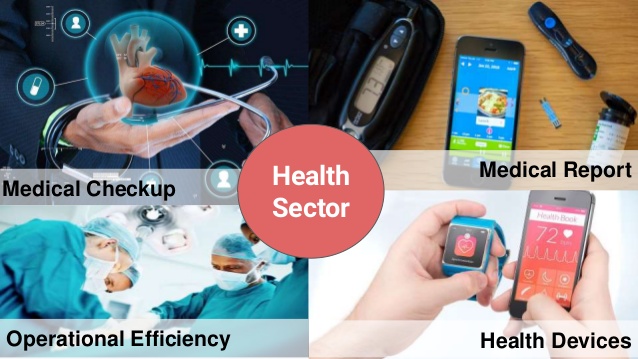
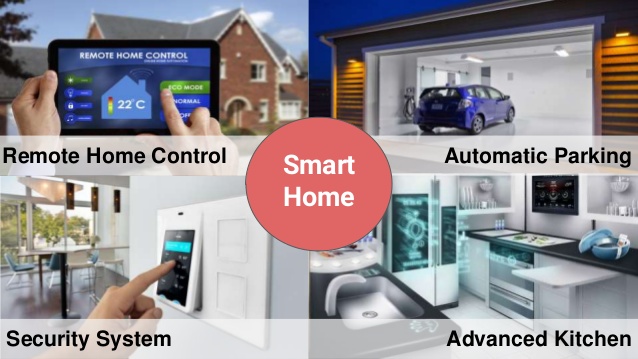
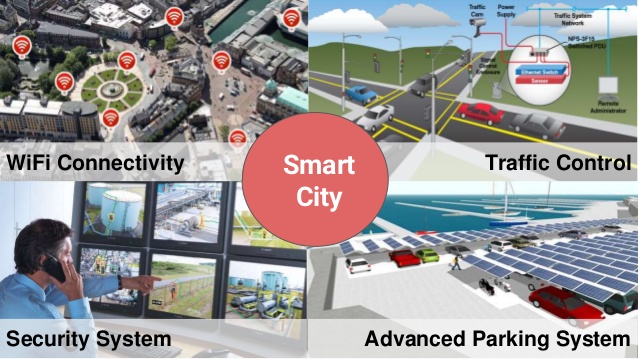
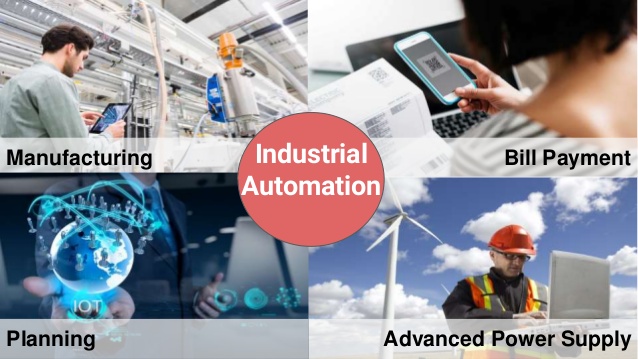








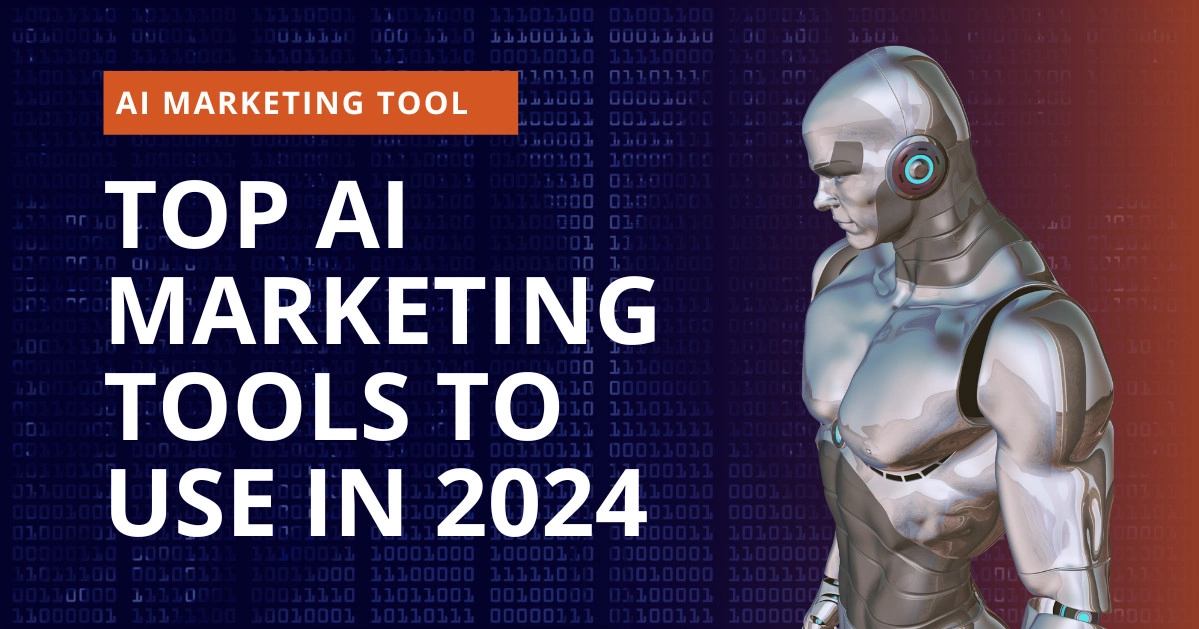
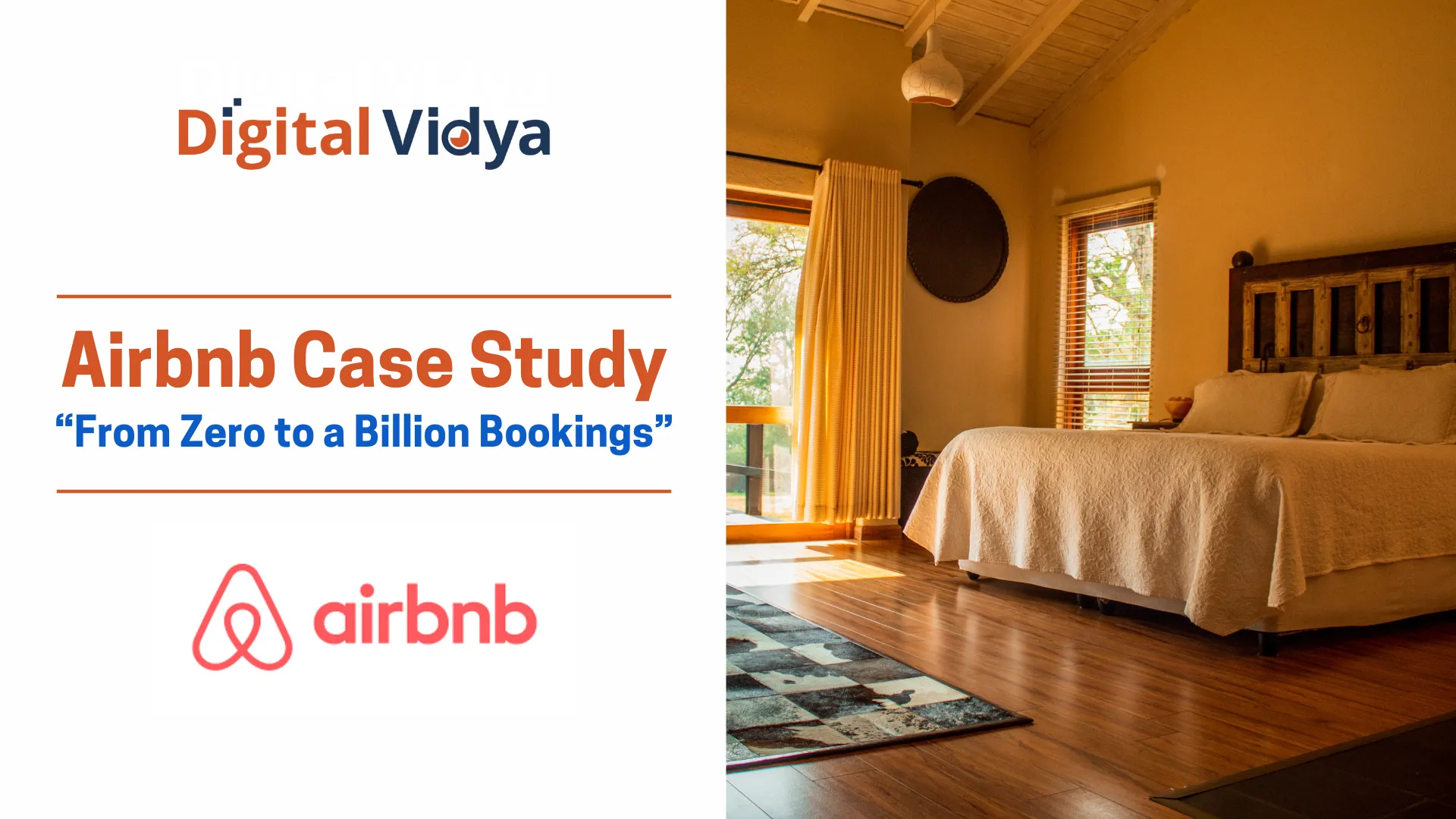
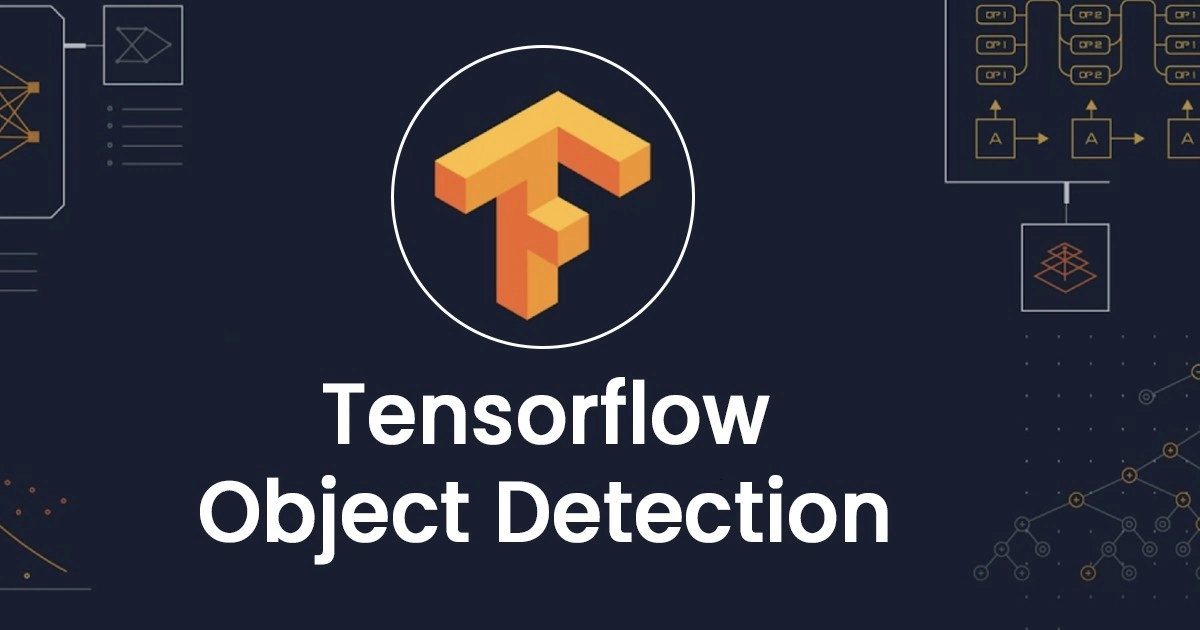
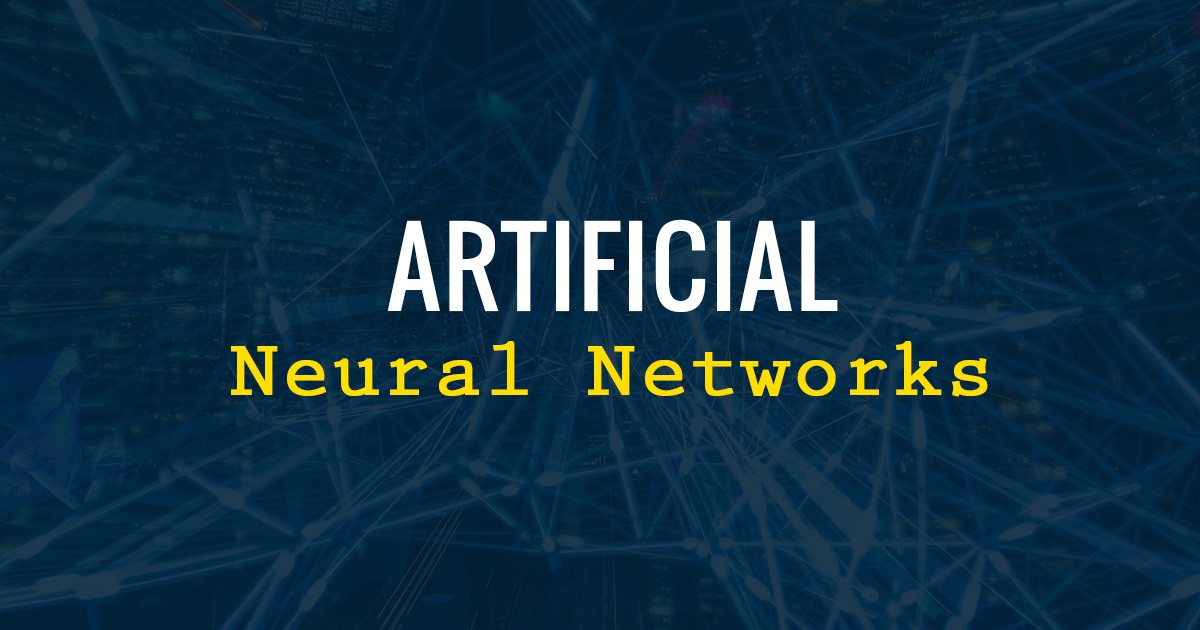
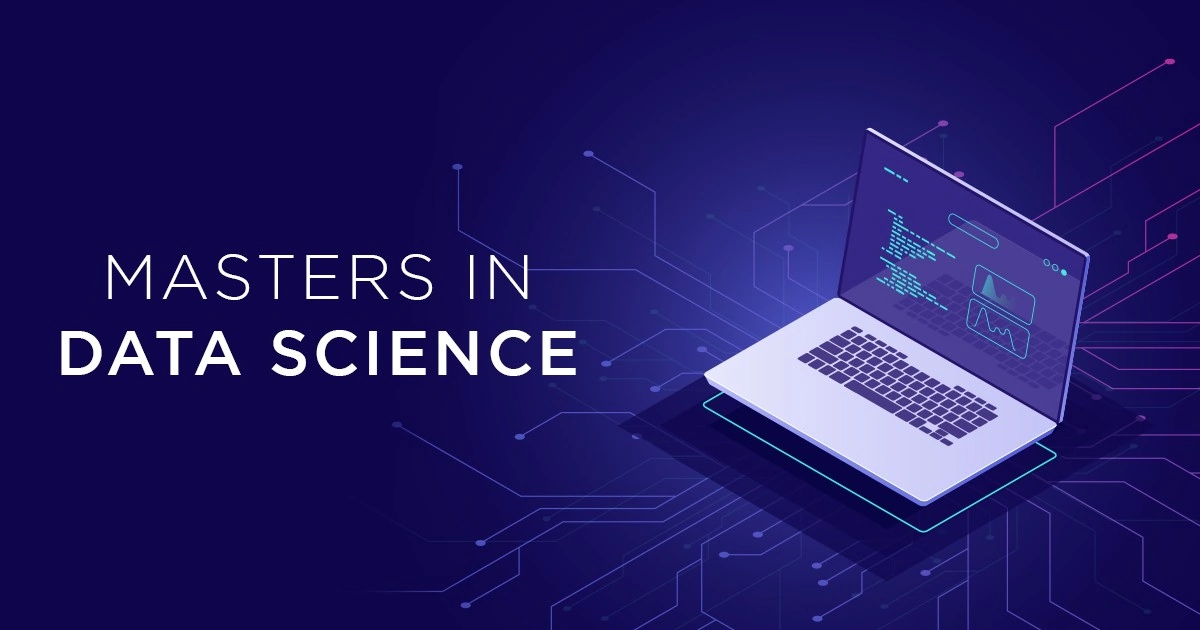
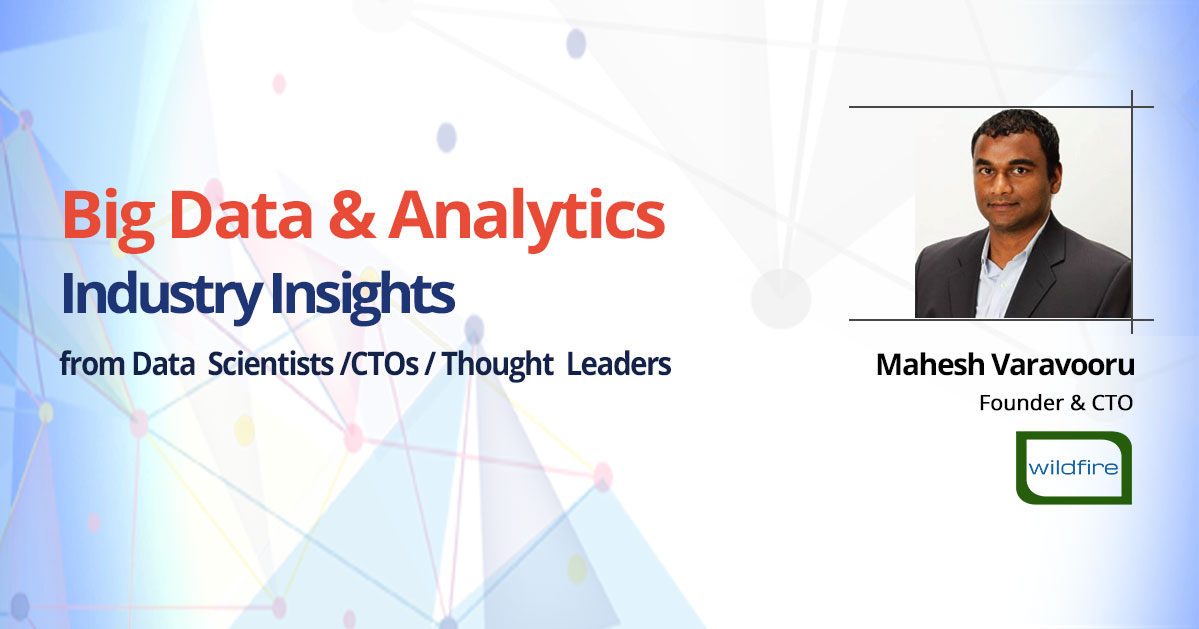
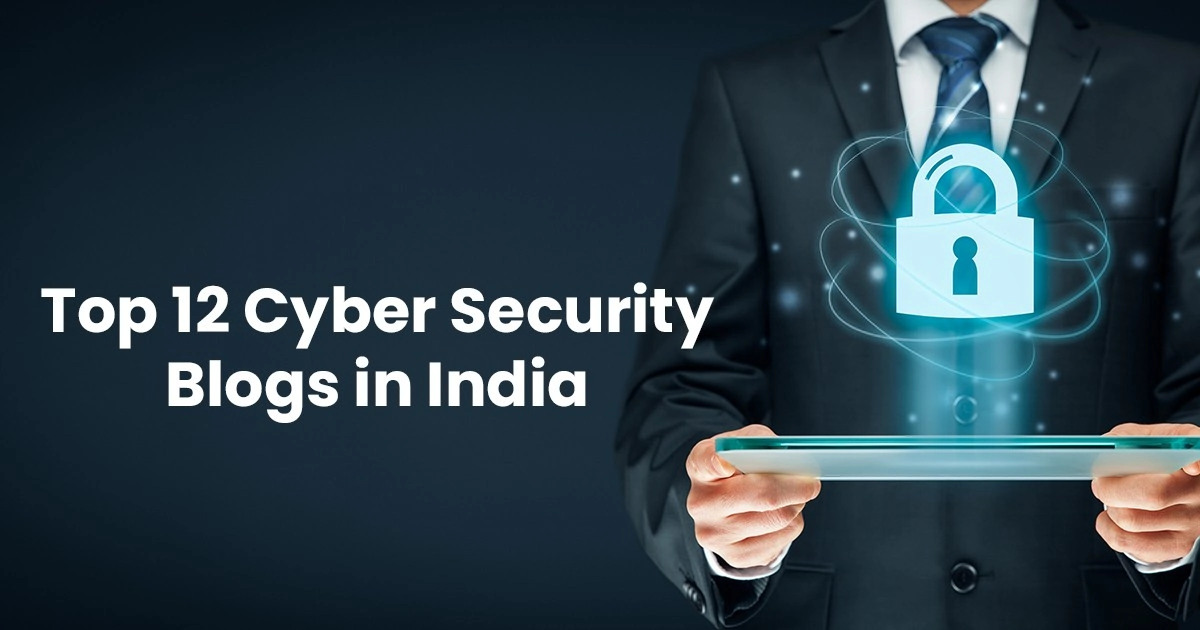
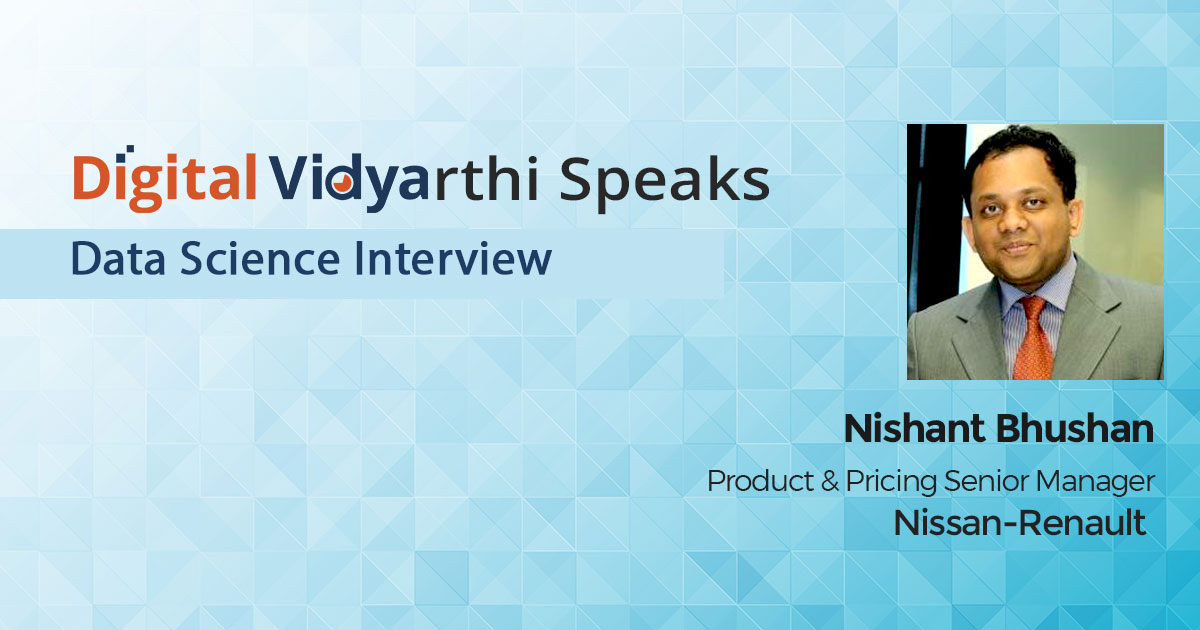


Awesome piece of article.
Thank you, Sandeep.